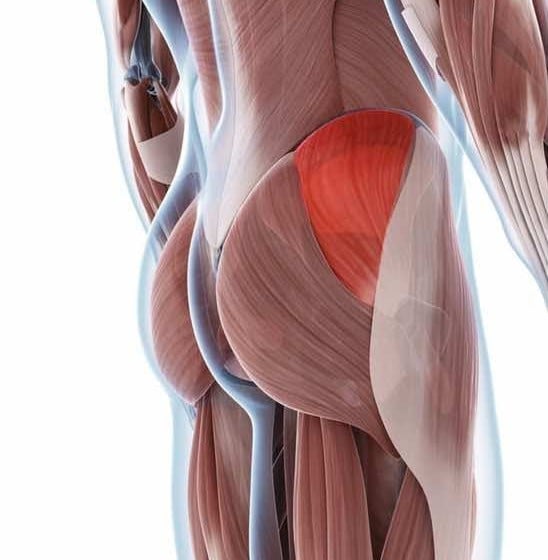GLUTEUS MEDIUS TEAR

The lower third of the gluteus medius is covered by the gluteus maximus and together they form the buttocks. The gluteus medius rotates the thigh outwards, allowing you to walk steadily without falling, and is attached to the thigh bone near the hip(greater trochanter) and the ilium of the pelvis. The greater trochanter has a bursa(fluid sac) which protects from any injury, and inflammation of this (trochanteric bursitis) can also cause hip pain.
RISK FACTORS:-
The following medical conditions may result in a gluteus medius tear:-
• sacroiliac joint dysfunction
• trochanteric bursitis
• hip dislocation
• piriformis syndrome
• tensor fascia latae syndrome
• intervertebral stenosis
• ankylosing spondylitis
• cauda equina syndrome
CAUSES:-
• sitting cross legged for substantial amount of time
• standing on hard floors for prolonged periods of time
• repetitively carrying heavy items and walking eg.manual labourers
• repetitively carrying a child on the hip
• aggressive aerobic exercises
• running
• aggressive weightlifting
• athletes in long jumps/high jumps due to high impact on landing
SIGNS AND SYMPTOMS:-
• pain in the lower back
• hip and buttock pain
• pain may radiate down the legs from the outer part of the leg to the inner part
• pain when lying on one side
• difficulty with sitting for a period of time
• pain with standing
• difficulty walking - limp to your gait
TREATMENT:-
• rest • anti-inflammatories
• warm and cold compresses and gels – for use immediately after injury, cold to prevent swelling and warm to relieve pain
• hip/buttock/thigh/groin supports
